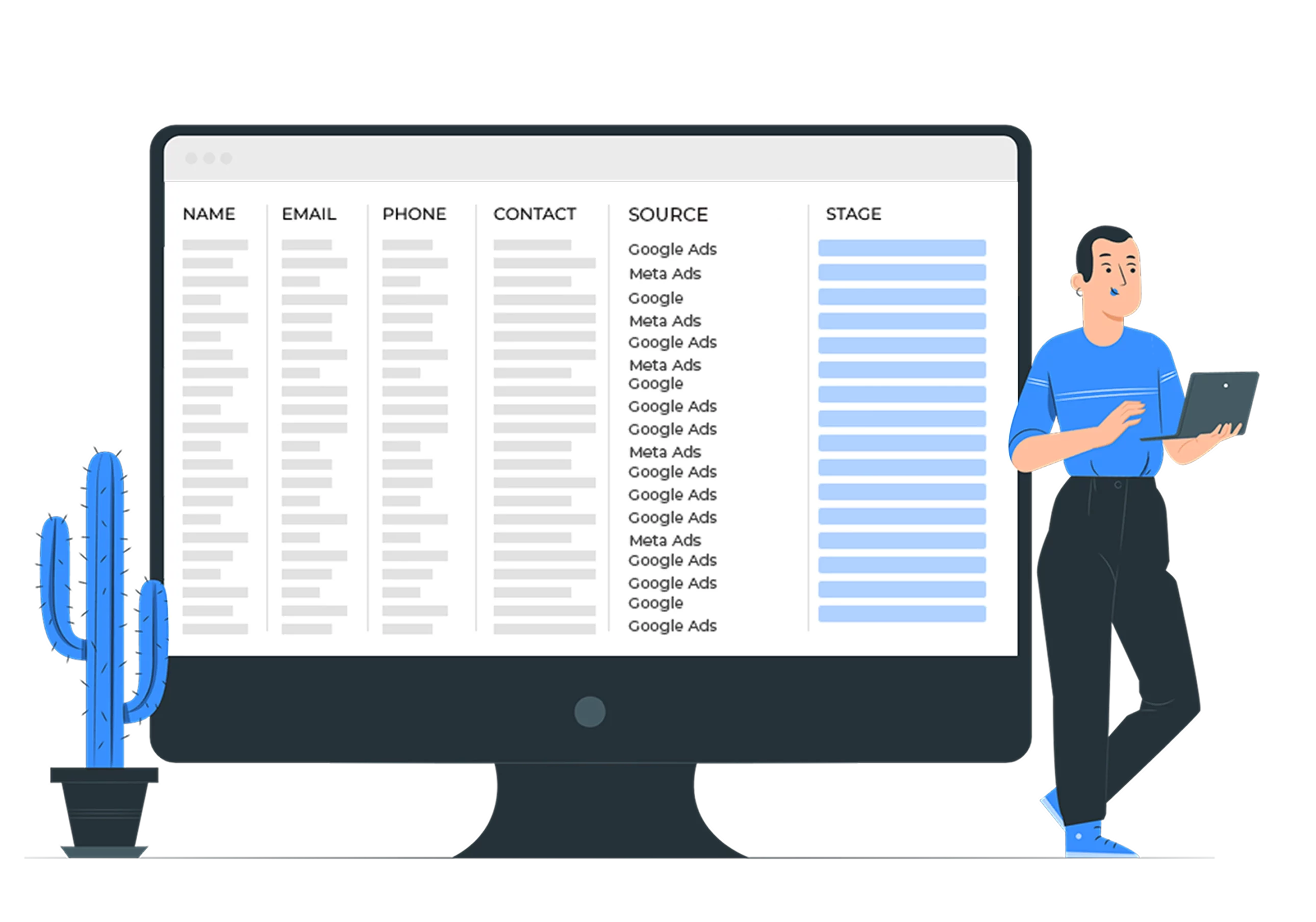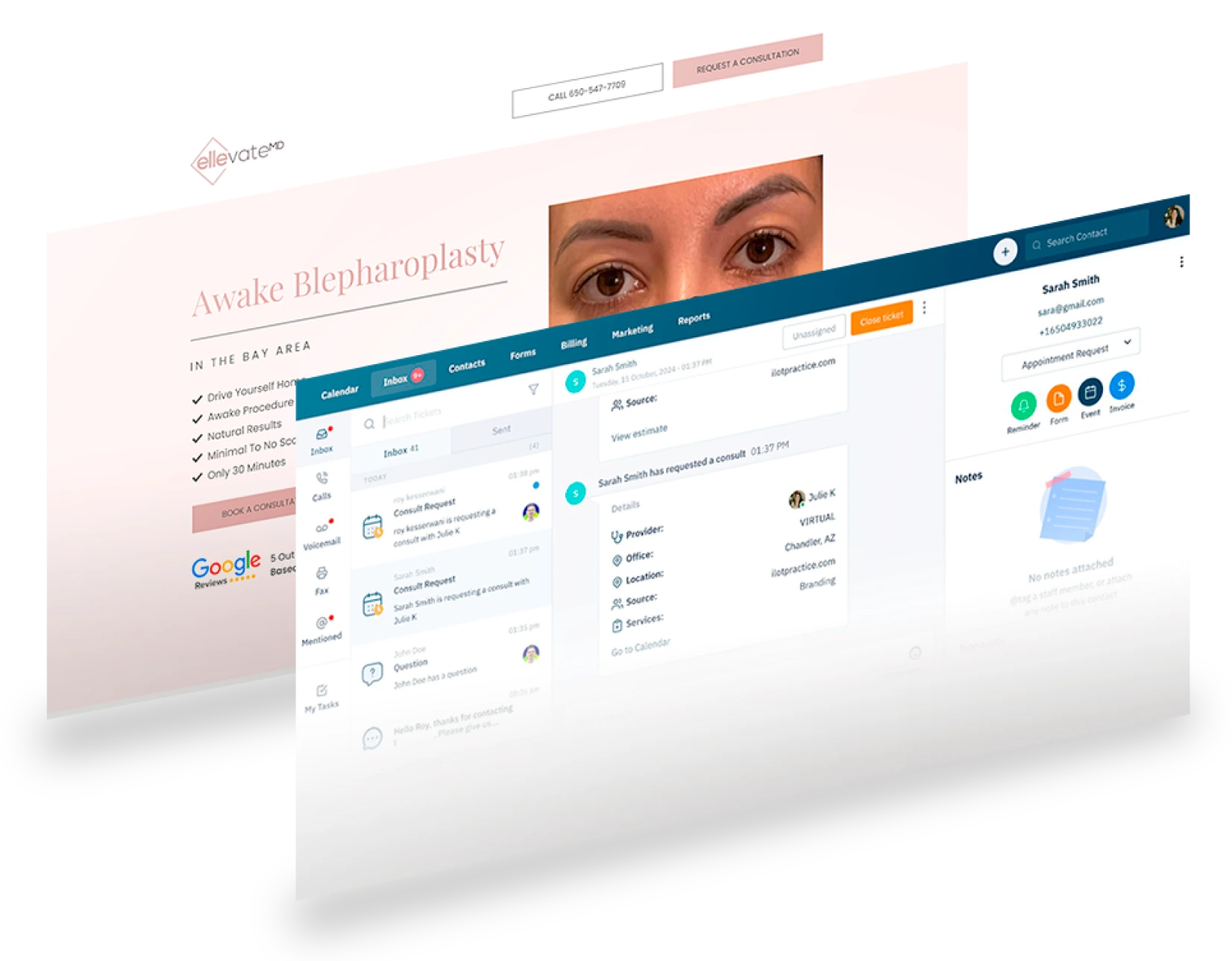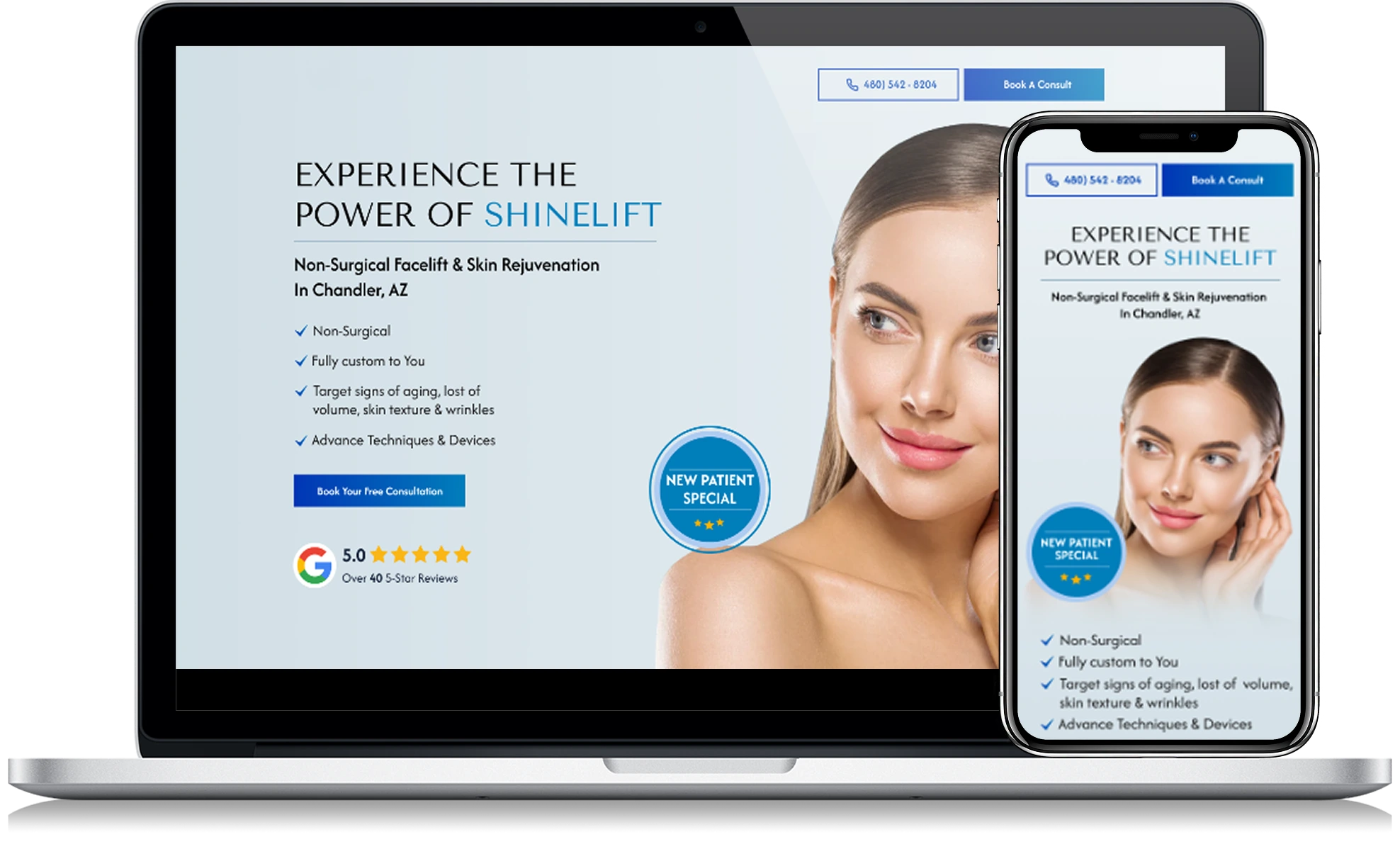Do More Than Generate Clicks
Healthcare Paid Ads

Stop Wasting Money
on Ads You Can’t Track.
Ads That Work as Hard as You Do
We use the best ad setup and create custom landing pages to ensure every click moves patients closer to booking.

- Expert Ad Setup
From strategy to execution and optimization, our team is with you every step of the way, ensuring your campaigns are always performing at their best.
- Transparent Reporting, Real Results
We believe in full transparency, providing you with detailed reports that show exactly how your money is spent and where your new patients are coming from.
Our Ads Success Formula
Here’s how we ensure your campaigns deliver
Target Qualified Leads
We focus on attracting the right audience for you.
Smart Retargeting
Re-engage potential patients across social media.
Custom Landing Pages
We send users to landing pages built to convert.
Fast Optimization
Our proprietary tools communicate with Google helping refine campaigns quickly.
Automated Follow-Ups
Personalized texts and emails nurture leads for up to 90 days.
Trusted partners of


The Difference Is in the Metrics
Ads That Deliver More Than Clicks
They Bring Patients

Target. Engage. Grow. Maximize Your ROI.
Let’s craft a paid ads campaign that delivers measurable results and real growth
Why Choose Us
Seamless Software Integration
As Part Of Our Comprehensive Solutions
Our software solutions work hand-in-hand with our services & your practice to deliver results and enhance efficiency.
Comprehensive Practice Management
Our software streamlines every aspect of your practice, including lead management, appointment scheduling, and patient communications, all through our HIPAA-Compliant CRM.
Custom-Tailored for Health Professionals
Specifically designed for the health and wellness industry, our software meets your practice’s unique needs and adheres to industry standards, providing robust and reliable functionality.
Data-Driven Growth
Our software provides actionable insights through real-time analytics, enabling you to track performance, optimize workflows, and achieve measurable growth for your practice.







